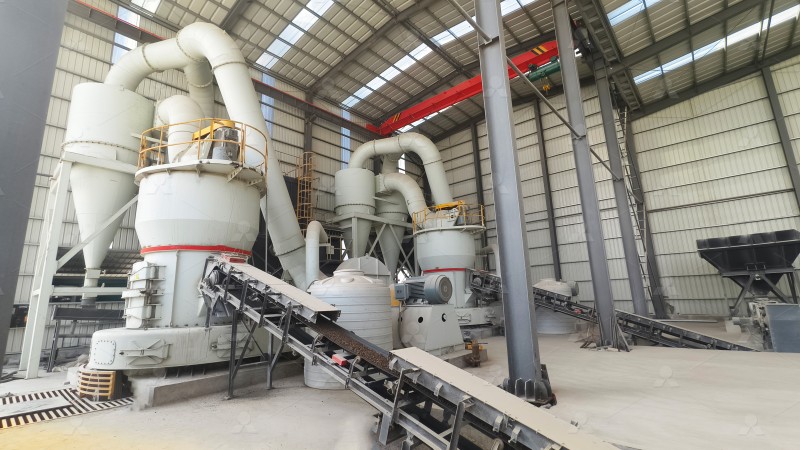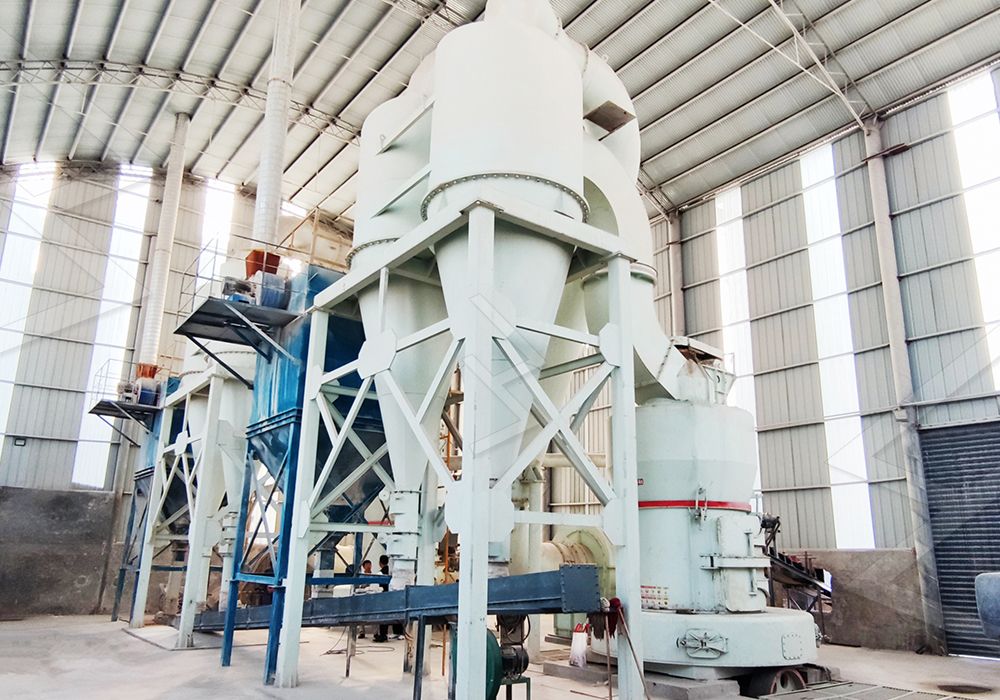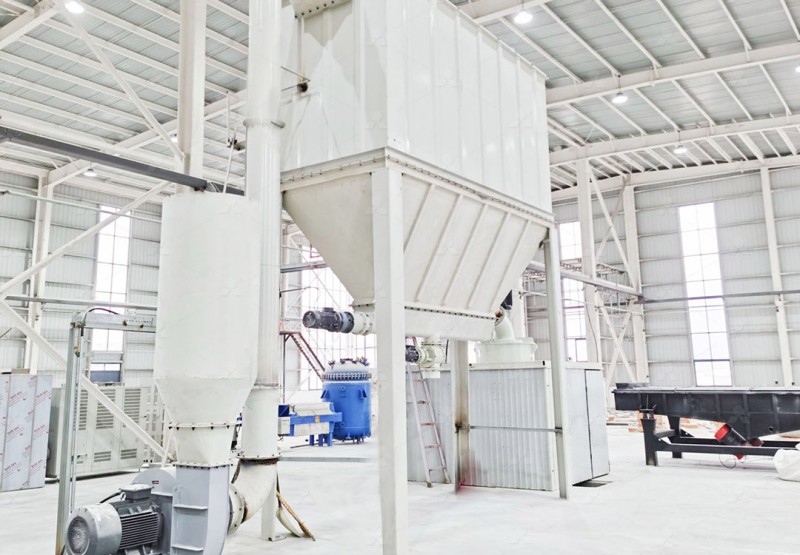Working Principle of Limestone Grinding Mill: How Does It Process Limestone into Powder?
We provide a wide range of mills — including Raymond mill, trapezoidal mill, vertical mill, ultrafine mill, and ball mill, obtained ISO9001 international quality certification, EU CE certification, and Customs Union CU-TR certification. Suitable for processing minerals such as limestone, phosphate, quicklime, kaolin, talc, barite, bentonite, calcium carbonate, dolomite, coal, gypsum, clay, carbon black, slag, cement raw materials, cement clinker, and more.
The discharge range of these mills can be adjusted to meet specific processing needs, typically from 80-400 mesh, 600-3250 mesh, and can achieve the finest particle size of up to 6000 mesh(D50).
If you are looking for a reliable grinding solution to turn stone or minerals into fine powder, please feel free to contact our online customer service.
Working Principle of Limestone Grinding Mill: How Does It Process Limestone into Powder?
Limestone, a sedimentary rock composed primarily of calcium carbonate, is a fundamental raw material in numerous industries. From construction to agriculture, and from manufacturing to environmental protection, the applications of limestone powder are vast and varied. But how does a massive chunk of limestone transform into that fine, versatile powder? The answer lies in the sophisticated engineering of limestone grinding mills. Let’s dive into the working principle of these industrial workhorses.
The Fundamental Grinding Process
At its core, a grinding mill is designed to reduce the size of limestone particles through mechanical force. The process begins with crushers that break down large limestone rocks into smaller, manageable pieces, typically under 20mm in size. These smaller fragments are then fed into the grinding mill’s chamber via a vibrating feeder and elevator system.

Inside the mill, the real magic happens. Most modern mills utilize a roller-and-ring system. The motor, connected through a reducer, drives the central shaft and turnplates. This rotation forces dozens of grinding rollers to rotate against a stationary grinding ring. The limestone is fed onto the center of the upper turnplate. Centrifugal force throws the material outward to the periphery, where it falls onto the raceway of the ring and gets crushed and ground between the rollers and the ring.
From Crushing to Classification: The Journey of a Particle
A single pass isn’t enough to achieve the desired fineness. The material is grinded in the first raceway, then moves to second and third turnplates for further refinement. This multi-stage grinding ensures a consistent and ultra-fine output.
Once sufficiently ground, an integral air blower inhales external air into the mill. This air stream performs a crucial dual function: it cools the system and carries the fine limestone powder upwards toward the powder separator or classifier. This is where precision engineering truly shines. Advanced separators, like the cage-type powder selector found in our MW Ultrafine Grinding Mill, utilize German technology to meticulously sort particles.

The turbine within the separator creates a vortex. Coarse particles, being heavier, are rejected and drop back down onto the grinding ring for another round of milling. Only the finest powder, meeting the strict size criteria, continues with the air current into a cyclone powder collector. Here, the powder is separated from the air and discharged through a valve as the final product. The air, now with minimal dust, is recycled back into the system after being purified by a filter, ensuring an environmentally closed-loop operation.
Why Choose Advanced Grinding Technology?
The efficiency of this process is paramount. Traditional ball mills are often energy-intensive and lack precision. Modern mills like our MW Ultrafine Grinding Mill are engineered for higher yield and lower energy consumption. With an input size of 0-20 mm and a capacity ranging from 0.5 to 25 tons per hour, it’s designed for customers who need to make ultra-fine powder. Its design enhances grinding efficiency, offering production capacity 40% higher than jet mills while consuming only 30% of the energy. Furthermore, it offers adjustable fineness between 325-2500 meshes, giving operators unparalleled control over the final product’s specifications.
Key features that make such mills stand out include the absence of rolling bearings and screws in the grinding chamber, eliminating common failure points. Additionally, external lubrication allows for maintenance without shutdowns, supporting continuous 24/7 production. The integration of efficient pulse dust collectors and mufflers ensures the entire process is not only efficient but also eco-friendly, adhering to strict national environmental standards.

Conclusion
Transforming rugged limestone into a fine, consistent powder is a complex process that relies on the precise interplay of mechanical force, air flow, and intelligent classification. Understanding the working principle behind grinding mills highlights the technological advancements that drive modern industry. For operations seeking reliability, efficiency, and environmental responsibility in their limestone processing, investing in advanced grinding technology is not just an option—it’s a necessity for sustainable and profitable production.
